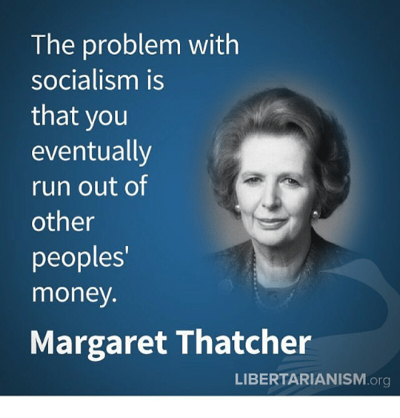
Back in the 1960s, economist Arthur Okun promulgated Okun’s Law, that for every 1% increase in the unemployment rate, gross domestic product (GDP) will be about 2% lower than it would have been. Okun also created the “Misery Index” which is still used today as a simple measure of the well-being of the public. Because as inflation rises the cost-of-living increases, and as unemployment rises more people become impoverished, Okun added the seasonally-adjusted unemployment rate to the annual inflation rate to create the Misery Index.
I was in college in Munich, Germany, studying physics from 1979-1980. I recall listening to the Armed Forces Network radio updates and watching the US inflation rate hit 15% in March and April of 1980 and unemployment hit 7.5% in May. The US Misery Index peaked at 22% in June that year, the highest since unemployment numbers started being tracked in 1948. I well recall the impact of Carter’s economic policies on my own family. When I arrived back home from Germany in June, my father was out of work and my mother’s income from selling real estate collapsed during that recession.
The impact on presidential elections by the Misery Index is substantial, as played up by Ronald Reagan in a presidential debate with Carter in 1980. In September 2019, the Misery Index bottomed out near an all-time low of 5.21% until the government Covid lockdowns started. By April 2020 it had shot up to 15.03%, and I’m convinced it had a lot to do with Biden winning the election.
While Okun’s index measures the absolute level of “misery” of the economy, it doesn’t determine whether things are getting better or worse. And it does not include economic growth.
I personally like to look at the US federal debt-to-GDP ratio. That compares a country’s sovereign debt to its total economic output for the year measured by GDP. When a country has a manageable debt-to-GDP ratio, investors are more eager to invest, and it doesn’t have to offer as high of yields on its bonds. As of last December, Communist China owned over $1 trillion of US debt.
A 2013 World Bank study found that a debt-to-GDP ratio of 77% is the tipping point for economic growth. Every percentage point of debt above that level costs the country 0.017% in economic growth.
Back in 1980 the US federal debt-to-GDP ratio was 35%. I thought that was bad at the time. It was 36% at the start of the 2008 recession. By the time Obama left office in Q1 2017, it was 75% — almost to the tipping point. Then enter spendthrift Trump alongside a profligate Congress. The debt-to-GDP ratio hit 80% in Jan 2020. Then comes shutting down a third of the economy and spending $2.6 trillion in “stimulus” last March, pushing the debit-to-GDP to 105%.
Then the Democrats pass an additional $1.9 trillion stimulus bill. Looking at the US Debt Clock (https://usdebtclock.org/index.html), we see that today the total debt-to-GDP ratio sits at a staggering 145%.
One way to stop this insanity is to cut spending. That will never happen because both Democrats and Republicans are convinced that prosperity is directly proportional to government spending. Alternatively, they could raise taxes. That will definitely happen since both parties are convinced that taxation and wealth transfer generate prosperity. Yet as Margaret Thatcher famously said, “the problem with socialism is that you eventually run out of other people’s money.”
An economic collapse is said to be “impossible” since the federal government can borrow and spend unlimited amounts of money and the Federal Reserve can print unlimited amounts of money. The government borrows $1 trillion by selling $1 trillion in Treasury bonds, then the Fed prints $1 trillion dollars to buy those same bonds. What could possibly go wrong?
Economist Herb Stein famously said, “If something cannot go on forever, it will stop.” America has fallen off of the 100th floor balcony and sooner or later we will hit concrete. As for my family, as we head into the inevitable economic collapse of the US, we are making plans to soften that landing as best as possible, because the federal government cannot simply print more money to get out of this situation.

